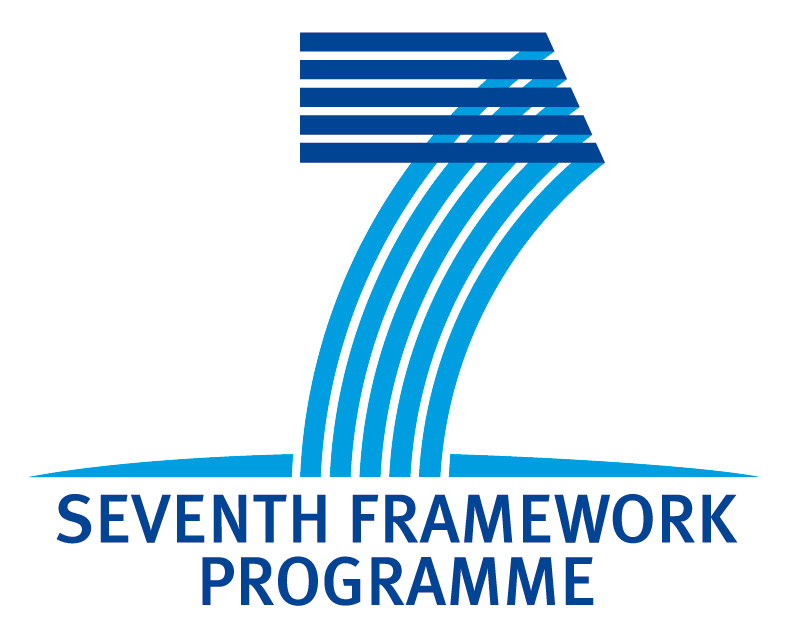|
Dr Harriet Hunt
I am using phylogeographic methods to investigate the routes by which foxtail millet
(Setaria italica) spread westward across Eurasia. This project is using a range
of markers from the recently-sequenced foxtail millet genome to analyse patterns of diversity
in foxtail millet landrace samples from germplasm banks and herbarium collections. I am
analysing both neutral markers and genes coding for traits that may have shaped the spread
of foxtail millet agriculture. These include both environmentally adaptive traits and those
related to grain quality.
Prof. Martin Jones (Principal Investigator)
I am originally an archaeobotanist and started my career working on the charred remains of prehistoric harvests to reconstruct the production and consumption of food. I have become increasingly interested in bringing together the methods of archaeobotany, genetics, isotope and biomarker studies to reconstruct and understand food webs through time. My current research foci are: the origins of modern food-sharing behaviour; and the spread of agricultural resources in both directions across prehistoric Eurasia.
Catherine Kneale
Catherine Kneale is a Research Technician working on the FOGLIP project. Please contact me in the first instance if you are interested in collaborating with us.
Dr Emma Lightfoot
My research investigates the impact of climate upon past crop distribution
patterns and human response to environmental change. I will use chemical analyses
of animal teeth to reconstruct climate around archaeological sites in China and
Kazakhstan, providing climatic data that are directly related to the archaeological
record. Through the use of both bulk and intra-tooth oxygen isotope analyses, I
will document changes in seasonal and annual precipitation, and thus investigate
links between climatic variation and the spread of East Asian and Near Eastern
crops into and through Central Asia.
Dr Diane Lister
I am analysing DNA polymorphisms in barley and wheat landraces from germplasm
banks and historic sources and mapping them across space and time in order to
address a number of fundamental questions pertaining to the prehistoric spread
of agriculture from Southwest Asia eastwards across the Eurasian continent. I am
interested in the routes by which these cereals spread and the impact of environmental
barriers on the transition to farming economies. My research utilises neutral markers
such as microsatellites and markers associated with important domestication traits,
environmental adaptation and grain quality.
Dr Xinyi Liu
My research uses macrofossil and stable isotope analyses to reconstruct human
subsistence at late Neolithic and early Bronze Age sites in the context of spread
of domesticated crops. This has led me to undertake fieldwork in Central Asia and
the Mongolian Plateau. I am currently an Assistant Professor at Washington University in St Louis in the Department of Anthropology.
Dr Giedre Motuzaite Matuzeviciute
My research with the Pioneers of Pan-Asian Contact (PPAC) project and in cooperation
with the FOGLIP project is focused on tracing the pathways of the earliest crop to travel
across Eurasia - broomcorn millet (Panicum miliaceum). Macrobotanical evidence for this
crop has been found on both sides of the continent, dating from the Neolithic period.
My research in Central Asia and western China is aimed at filling in the existing gaps
in our knowledge concerning the early movements of this crop. The principal methodology for
this project entails a combination of macrofossil analysis and isotopic food web
analysis (exploiting the C4 status of millet in predominantly C3 environments). I am currently affiliated
with Vilnius University, Lithuania.
Project Students
Ting An (PhD, 2014-2017) 'A comparative study on painted potteries of Cucuteni culture, Anau culture and Majiayao culture'
Lisa Briggs (MPhil Archaeological Science, 2015) 'Blooming into the light: single nucleotide polymorphisms in the EARLY FLOWERING 3 gene of Setaria italica and Setaria viridis (foxtail millet)'
Sarah Browncross (MPhil Archaeological Science, 2011) 'Genetic diversity in buckwheat' and 'A study of photoperiod response in historic barley across Asia'
Lucy Burghardt (MPhil Archaeological Science, 2011) 'GBSSI polymorphisms in barley'
Martha Craven (Undergraduate, 2015) 'An investigation into whether nitrogen isotope values of millet (Setaria italica) samples are affected by genotype'
Ningning Dong (MPhil Archaeological Science, 2013) 'Burning or cleaning? An archaeobornical analysis of wood charcoal from Botai site, Kazakhstan'
Penny Jones (PhD, 2012-2015) 'Millet, food security and climate change: An archaeobotanical perspective on a modern policy challenge'
Minghao Lin (PhD, 2011-2015) 'The origin of oxen ploughing in China and its cultural comparisons with Britain'
Min Min Ma (Visiting PhD student from Lanzhou University, China, 2012-2013) 'Investigating diet and dietary change in the upper reaches of the Yellow River around 4000 cal. BP'
Mary Price (Undergraduate, 2013) 'Adaptation enabling the globalization of buckwheat: Evidence for geographic patterning in a gene associated with flowering time'
Natalia Przelomska (PhD, 2012-2016) 'The genetic basis of flowering time variation in foxtail millet, as a crop with implications for future food security'
Emma Smith (Undergraduate, 2015) 'An investigation of animal diet through the use of C-isotope analysis, from the Early to Mature Harappan in the Indus Valley, focusing on the sites of Dabli vas Chugta and Masudpur'
Ligia Trombetta-Lima (MPhil Archaeological Science, 2013) 'Adaptation of foxtail millet (Setaria italica) to new environments: A genetic study of an ancient crop'
Yiru Wang (MPhil Archaeological Science, 2011) 'Stable isotope analysis of faunal remains from Houshaogou' and (PhD, 2011-2014) 'The origins of domestic sheep and goats in China'
Lu Yang (Visiting student from Shanxi Agricultural University, China) 'Exploring genetic variation in SiPHYC: a candidate gene for flowering time variation in Setaria italica'
Yijie Zhuang (PhD, 2008-2012) 'Geoarchaeological investigation on the transition to agricultural landscapes in north China: Case studies on three Early Neolithic sites'
Visiting Scholars
Yuriko Ara, University of Tsukuba, Japan
Darwei Cai, Jilin University, China
Guanghui Dong, Lanzhou University, China
Lu He, Shanxi Agricultural University, China
Hong-en Jiang, Chinese Academy of Science, China
Yang Lu, Shanxi Agricultural University, China
Hongliang Lv, Sichuan University, China
Elena Malinovskaya, Vavilov Research Institute of Plant Industry, Russia
Anubha Pathak, Banaras Hindu University, India
Xue Shang, Chinese Academy of Sciences, China
Keqin Sun, China University of Geosciences (Beijing), China
Rong Wang, Fudan University, China
Zhao Zhijun, Insitute of Archaeology, Chinese Academy of Social Sciences, China
Project Partners
The FOGLIP project would not be possible without the help and support of
colleagues in other institutions around the world. Please click on the 'Project
Partners' heading above for more details of our collaborators.
|



